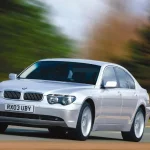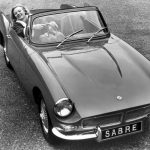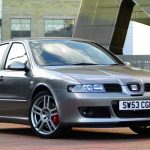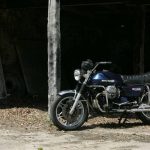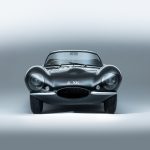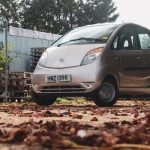Welcome to Freeze Frame, our look back at moments from this week in automotive history.
21 January 1964 – Paddy Hopkirk wins the Monte Carlo Rally in a Mini Cooper S
The BMC Mini’s reputation wasn’t built entirely on competition, but it certainly wasn’t hindered by it, and on January 21, 1964, one of the Mini’s most important chapters was written when Paddy Hopkirk and co-driver Henry Liddon brought their Mini Cooper S across the line to win the Monte Carlo Rally.
One detail is often overlooked with the Mini’s giant-killing result, and that’s the fact the Mini crew spent just a little more time on the stages than the powerful Ford Falcon of Bo Ljungfeldt and Fergus Sager. But in those days a formula was applied to equalise the wildly disparate cars that competed against each other, and when the results were calculated, it was the Mini that came out on top.
Rallying was a little different in general back then, and Hopkirk and Liddon’s Monte had actually started in Minsk – for little reason other than that it was an option, and that Hopkirk had never visited the then-Soviet city before.
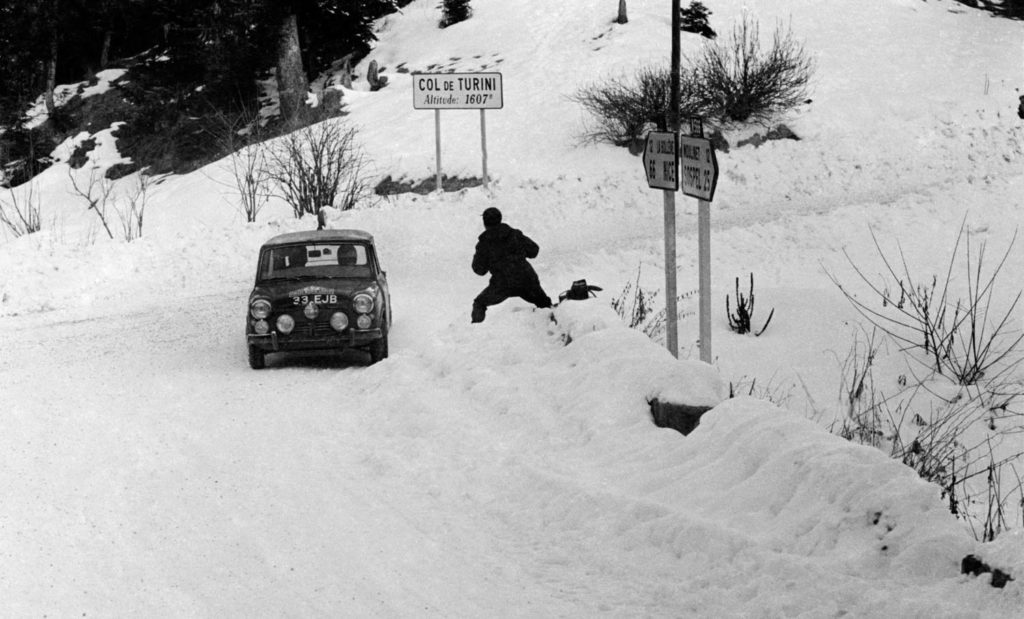
The frigid weather caused some early issues: in temperatures well into minus figures, the Mini struggled to even start. When your author interviewed Hopkirk back in 2019, he said the BMC team ended up towing 33 EJB around the town square to bump start it. This caused much amusement among the locals, whose rudimentary but stout cars fired right up in the bitter weather.
Hopkirk praised the professionalism of the BMC team though, who didn’t let him down once, and when speaking to Hagerty in 2020, BMC competitions manager Stuart Turner in particular. “There were always the tyres where you needed, when you needed them”, while it was Turner who implemented the use of ice notes to keep his crews up to speed in the changing conditions.
As with the Monte today, conditions were somewhat mixed, with dry stages interspersed with particularly icy ones. The Minis were at a disadvantage on the former, and particularly on uphill sections, where power really was everything, and drivers like Ljungfeldt could overcome the weight of their steeds.
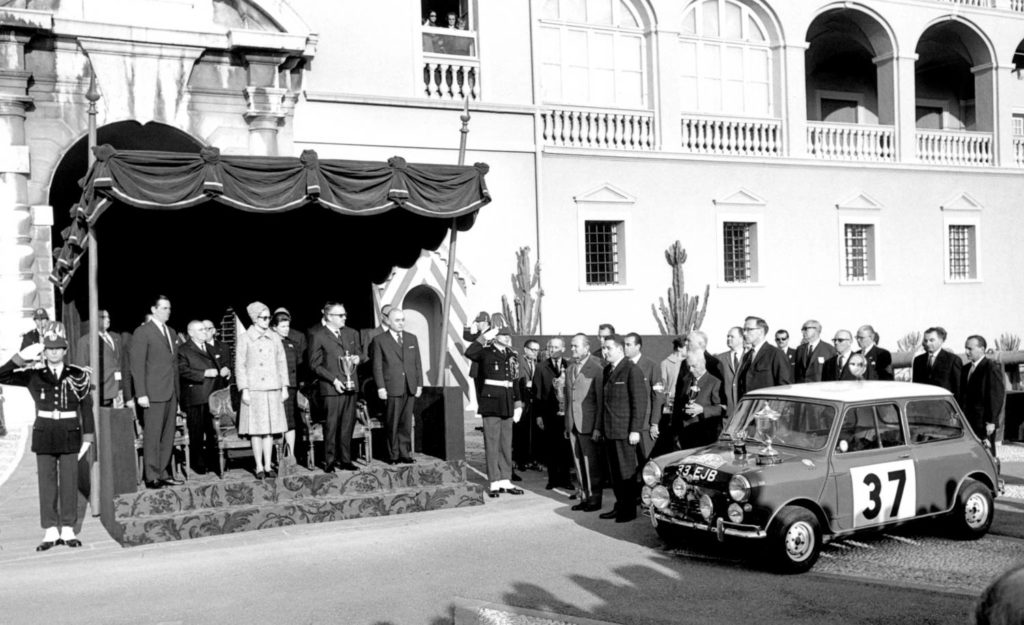
But going downhill, with gravity on their side, and particularly on icy and snowy sections, the Mini was in its element. “Of course, in a Mini the road felt twice as wide” said Hopkirk in 2019. 1967 Mini Monte winner Rauno Aaltonen later told me that one of the car’s strengths was its almost mid-engined balance, thanks to the low polar moment of inertia from the car’s mass being entirely within its wheelbase. On ice, where the larger cars struggled to follow instructions, that made all the difference.
Not that Paddy enjoyed all the stages. “The Col de Turini… that was a real pain in the arse!” he said in 2019. A legendary stage but a disjointed and often blind road, its difficulty then, as now, was in finding something approaching a rhythm.
But find a rhythm Hopkirk and Liddon did, and while the slow process of timekeeping in the 1960s meant they didn’t find out they’d won until 4am the next morning – thanks to a phone call from journalist Bernard Cahier – the pair had made history, and cemented the Mini’s place in rallying folklore.
Read more
Freeze Frame: Burns shines as sparks fly in ‘98 Rally GB
Freeze Frame: Mazda’s first Marathon
Mini manual transmission assembly begins | Redline Rebuild

